IMPORTANT: Numeric entry fields must not contain dollar signs, percent signs, commas, spaces, etc. (only digits 0-9 and decimal points are allowed).
Click the Terms tab above for a more detailed description of each entry.
Step #1:
Choose your preferred unit of measurement -- Standard or Metric.
Step #2:
Choose your gender.
Step #3:
Enter your current age.
Step #4:
Enter your weight in pounds or kilograms.
Step #5:
For men and women, enter the average of three caliper measurements for each of your chest, belly, thigh, tricep, subscapular, suprailiac, and midaxillary measurements. Note that for each measurement line, tapping the plus icon will expand a form wherein you can enter three measurements and the calculator will compute the average for you -- plus enter it into the field where it belongs. The expanded form also includes an info icon, which, when tapped, will open a popup explaining how and where to take the measurement.
Step #6:
Click the "Calculate Skin Fold Test" button. This will generate your results for body fat percentage, body fat weight, and lean body weight, plus display a pie chart comparing your fat weight to lean weight.


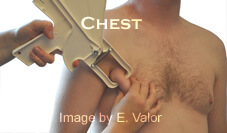

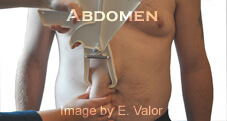
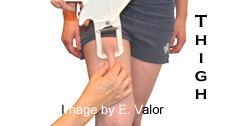
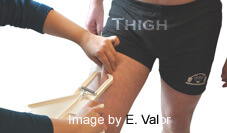
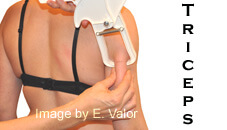
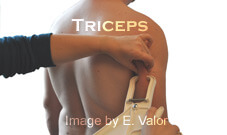
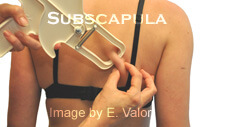
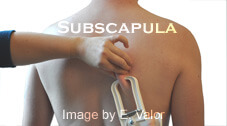
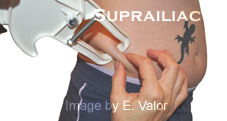
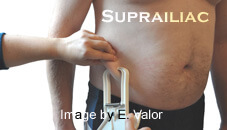
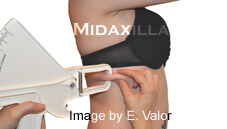
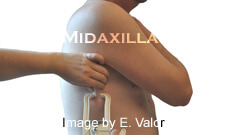

Follow me on any of the social media sites below and be among the first to get a sneak peek at the newest and coolest calculators that are being added or updated each month.